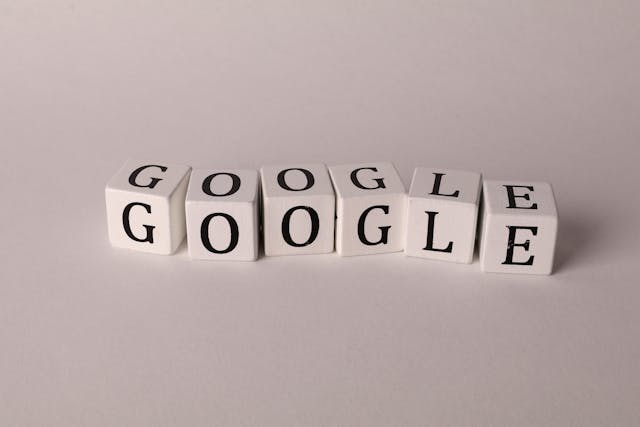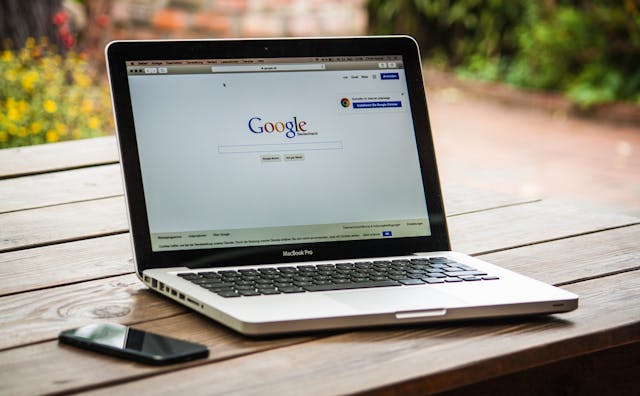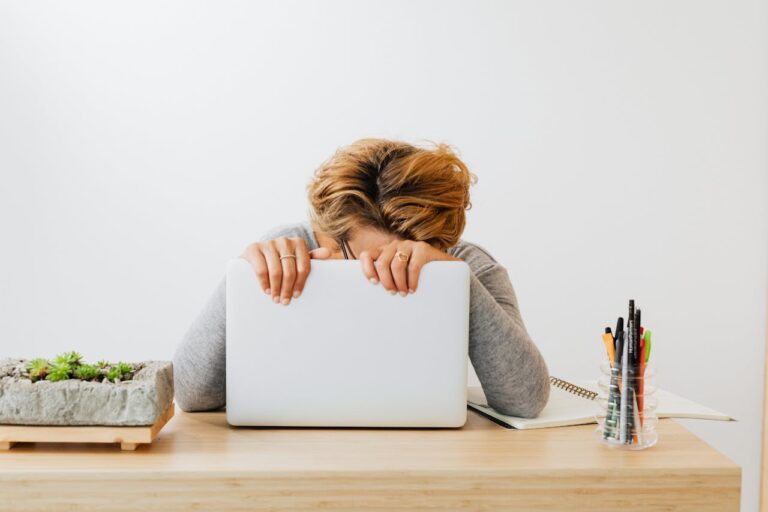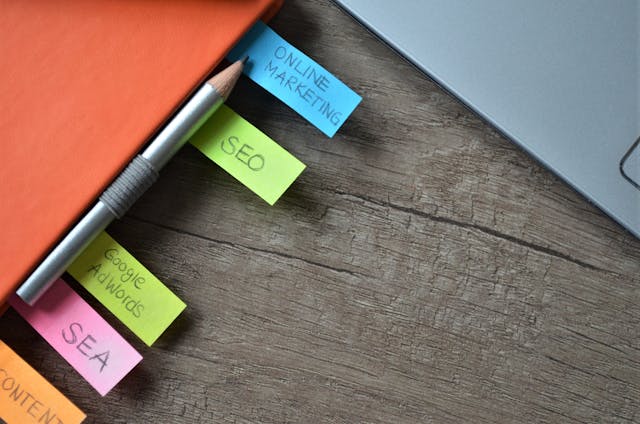Write Us: hello@ali5.org
Technical SEO Mastery: Conquer Core Web Vitals & Index Freshness for 2025 Rankings
Boost rankings with Core Web Vitals and index freshness! Learn actionable steps to optimize LCP, INP, CLS, accelerate crawling, and maintain content freshness. Includes free tools.

The Unseen Ranking Two Making Your SEO Choices
Imagine two online stores that sell the same hiking gear. One loads right away, but the other takes a while. One updates its products every week, while the other lists items that are no longer available. Site A is at the top of the rankings, while Site B disappears, even though they have the same content. What’s the difference? Core Web Vitals and index freshness are two technical ranking factors that Google will not change in 2025.
With 60% of searches happening on mobile devices and Google moving toward real-time relevance, sites that don’t pay attention to these signals are 38% more likely to change during algorithm updates. You can get long-term visibility if you master them.
The Three Core Web Vitals for User Experience
Core Web Vitals use three metrics to measure how real users experience a site:
1. Largest Contentful Paint (LCP): Speed is Important
- What it looks at: Time it takes for the main content to load, like the hero image and headline.
- 2025 Benchmark: Less than 2.5 seconds (Google’s “Good” level).
How to fix a slow LCP:
- Serve images in WebP or AVIF format, which are 70% smaller than JPEG.
- Use Cloudflare or WP Rocket to set up caching.
- Switch to HTTP/3 to move data faster.
⚡ Tip: Use Google PageSpeed Insights to find LCP problems. Put “Opportunities” with the “High Impact” label at the top of your list.
2. Interaction to Next Paint (INP):
Responsiveness will replace First Input Delay (FID) in 2025 to better measure how interactive something is.
- What it measures: the time between a user action (like a click or tap) and an update to the screen.
- 2025 Benchmark: Less than 200 milliseconds.
Improve bad INP:
- Get rid of JavaScript and CSS that you don’t use.
- Use async or defer to put off scripts that aren’t important.
- Make complicated JavaScript handlers easier to use, like dropdown menus.
3. Cumulative Layout Shift (CLS):
How stable the layout is
- What it looks at: Changes in layout that happen while loading, like buttons moving.
- <0.1 is the 2025 benchmark.
Get rid of CLS:
- Put width and height attributes on pictures and videos.
- Use CSS containers to set aside space for ads and embeds.
- Do not put new content above things that are already there.
Index Freshness: The Quiet Boost for Rankings
- The freshness of your index affects how quickly Google updates your content in search results. Stale content loses its place in search results, especially for:
- Sites that report news
- Pages for products
- Topics that are time-sensitive, like “best VPN 2025”
How Google Rates Freshness:
- Sites that load quickly are crawled three times more often.
- Signals for Changing Content:
- Changed the publish dates ()
- Changed text percentage (30% or more triggers re-indexing).
- User Engagement: Pages that are updated often keep users 2.1 times longer.
🔍 Data: Pages that are updated within 7 days rank 58% higher for trending searches (Moz).
Four Ways to Make Things More Fresh
Updates to signals with structured data:
{“@context”:”https://schema.org”,”@type”:”Article”,”datePublished”:”2025-01-10″,”dateModified”:”2025-07-15″}
Republish Old Content: Update old posts by adding new sections, stats, or FAQs.
- Stop wasting crawl budget: use robots.txt to block pages that don’t add value (like filters and archives).
- Send in your priority URLs: For important updates, go to Google Search Console > URL Inspection.
The Technical SEO Connection: Speed Makes Things New
The speed of a site has a big impact on Google’s crawl budget, which is the number of pages it indexes per site:
- Every day, crawlers go to sites with an LCP of less than 2.5 seconds.
- Weekly or monthly crawls on sites with LCP >4s slow down indexing.
Your 10-Step Technical SEO Checklist
- Check the Core Web Vitals: Use PageSpeed Insights to fix “Poor” scores.
- Use Squoosh or ShortPixel to change images to WebP format.
- Minify Resources: Use Autoptimize to combine CSS and JS files.
- Use Caching: Set the browser cache for static assets to 1 year.
- Add Size Attributes: Set width and height for all media to fix CLS.
- Update Old Content: Add new information and examples to 5 posts every month.
- Put Lastmod Dates in sitemaps and schema markup.
- Block Pages with Little Value: If you have thin content, use disallow: in robots.txt.
- Send in Sitemaps to Google Search Console to get them indexed first.
- Check in once a week: Use CrUX to see how many crawls your site gets in GSC and INP.
Top 3 Things That Hurt Rankings
- ❌ Not Paying Attention to Mobile Vitals: More than 60% of traffic comes from mobile. Use the Mobile-Friendly Test to check.
- ❌ Ignoring INP: Complicated JavaScript makes interactivity impossible—check with Chrome DevTools.
- ❌ One-time updates: Content loses its freshness; set up quarterly reviews.
Free Tools for Mastery Tool Use Case
- Check LCP, INP, and CLS with Google PageSpeed Insights
- Google Search ConsoleKeep an eye on indexing and crawl stats
- Screaming FrogFind CLS problems and links that don’t work
- WebPageTest: Test INP with real users
- Schema Markup MakerMake structured data that makes things fresh.
Real Impact: A Study
- An online store improved its Core Web Vitals and freshness signals:
- LCP went down from 4.2 seconds to 1.7 seconds.
- INP went from 320ms to 150ms.
- Updated 30 product pages every week
Results in three months:
- Organic traffic: +64%
- Conversion rate: 29% more
- Pages that are indexed: +121%
Important Points
- Core Web Vitals have a direct effect on rankings. Make sure LCP is less than 2.5 seconds, INP is less than 200 milliseconds, and CLS is less than 0.1.
- To keep the index fresh, you need to actively maintain it by updating time-sensitive content every week or month.
- Technical health boosts visibility: Sites that load quickly get more crawls, which keeps content fresh.
- Mobile is a must: Test Core Web Vitals on real devices.
- Keep an eye on it all the time: Check Google Search Console once a week to find regressions.
“Technical SEO isn’t about tricks; it’s about making it easier for people to get to your content.”







